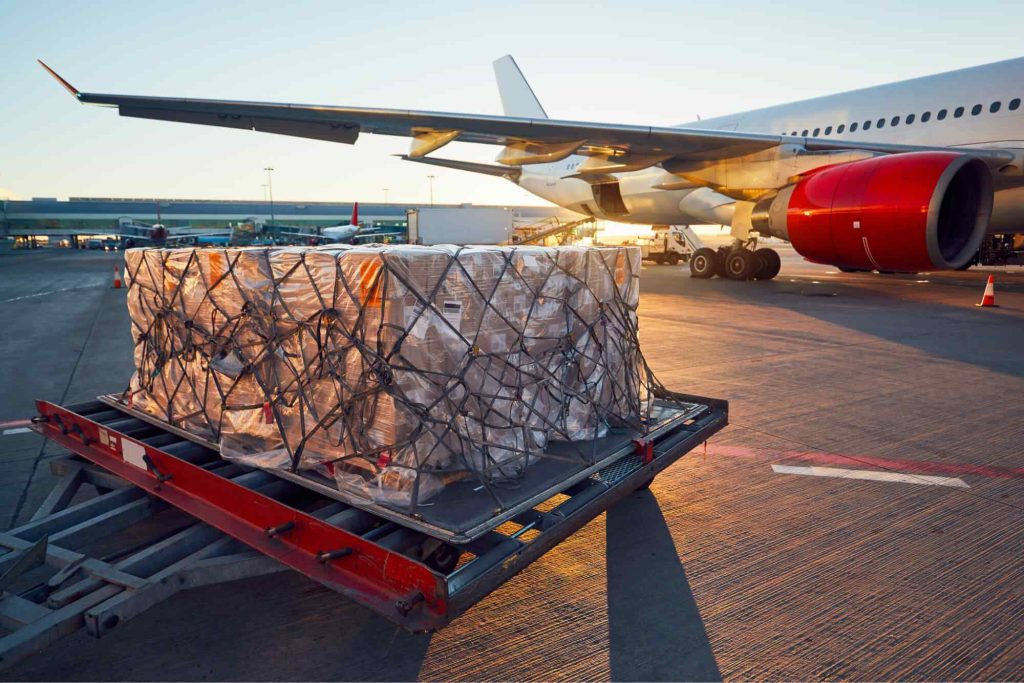The Lap Joint Flange by LOCUS is a two-piece assembly consisting of a stub end and a loose backing flange. Ideal for systems requiring frequent disassembly, inspection, or cleaning, it allows for flange rotation for easy bolt alignment.
1. Description
The Lap Joint Flange by LOCUS is a two-piece assembly consisting of a stub end and a loose backing flange. Ideal for systems requiring frequent disassembly, inspection, or cleaning, it allows for flange rotation for easy bolt alignment. It is suitable for low-pressure applications and non-critical services involving corrosive or toxic fluids.
2. Specification
Parameter | Details |
Design Standard | ASME B16.5, ANSI B16.47, DIN, EN1092 |
Materials | SS304, SS316, ASTM A105, ASTM A182, A350 LF2 |
Size Range | ½” to 24” (DN15 to DN600) |
Pressure Ratings | Class 150 to 1500 / PN6 to PN100 |
Face Type | Raised Face (RF) / Flat Face (FF) |
Stub End | Machined to match the pipe bore |
Surface Finish | 3.2 – 6.3 Ra (as per application) |
3. Working
Lap Joint Flanges work in combination with a stub end, which is butt-welded to the pipe. The loose flange slips over the pipe and rests against the back of the stub end. Since the flange is not welded or fixed, it can rotate freely, allowing easy bolt hole alignment.
4. Principle
The principle behind a Lap Joint Flange is ease of installation and alignment. Because the flange is loose, it compensates for misalignment, making assembly simple. The sealing surface is provided by the stub end, not the flange itself, reducing flange wear and allowing reuse.
5. Assembly
6. Installation Process
7. Technical Specifications
Technical Parameter | Value / Description |
Temperature Range | -29°C to 425°C (Material Dependent) |
Pressure Capacity | As per Class Rating (e.g. Class 150 = 285 psi) |
Corrosion Resistance | High (with SS stub end) |
Reusability | High (flange can be reused with new stub end) |
Bolt Hole Tolerance | ±0.8 mm |
Dimensional Accuracy | ±0.5 mm |
Manufacturing Tolerance | As per ASME / DIN standards |
8. Troubleshooting
Problem | Cause | Solution |
Misalignment of bolt holes | Improper stub end positioning | Rotate the flange for correct alignment |
Leakage at joint | Improper gasket or loose bolts | Use correct gasket & retighten bolts |
Rust on carbon steel flange | Exposure to moisture | Use rust preventive coating / galvanization |
Stub end wear | Repeated use or chemical attack | Replace stub end |
Flange face damage | Mishandling during storage/transport | Inspect and reface or replace if necessary |
9. HS Code
HS Code: 73072100
Description: Flanges of Iron or Steel, Forged or Cast
(Used for customs declaration and export documentation)
10. FAQs
Q1: Can the flange be reused?
A1: Yes, the flange is reusable; only the stub end needs to be replaced.
Q2: What is the main advantage of lap joint flanges?
A2: Easy alignment and maintenance-friendly; ideal for corrosive systems.
Q3: Are these suitable for high-pressure applications?
A3: Mostly used for low to moderate pressure. For high pressure, weld neck flanges are recommended.
Q4: What gaskets are recommended?
A4: Spiral wound, PTFE, or rubber gaskets depending on media.
Q5: Does LOCUS offer custom sizes?
A5: Yes, LOCUS can manufacture custom sizes and finishes as per buyer drawings.
11. Applications
Locus International Export – Delivering precision-engineered solutions worldwide. Trusted for quality, reliability, and seamless global trade.
Lorem ipsum dolor sit amet, consectetur adipiscing elit. Ut elit tellus, luctus nec ullamcorper mattis, pulvinar dapibus leo.





